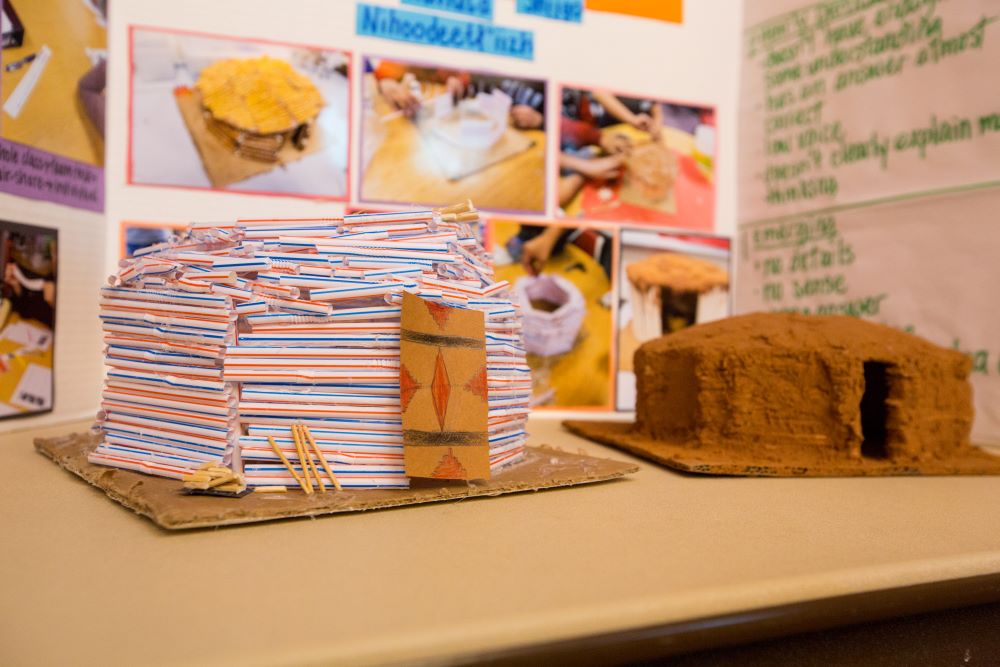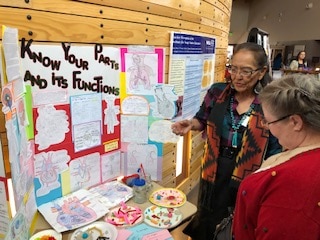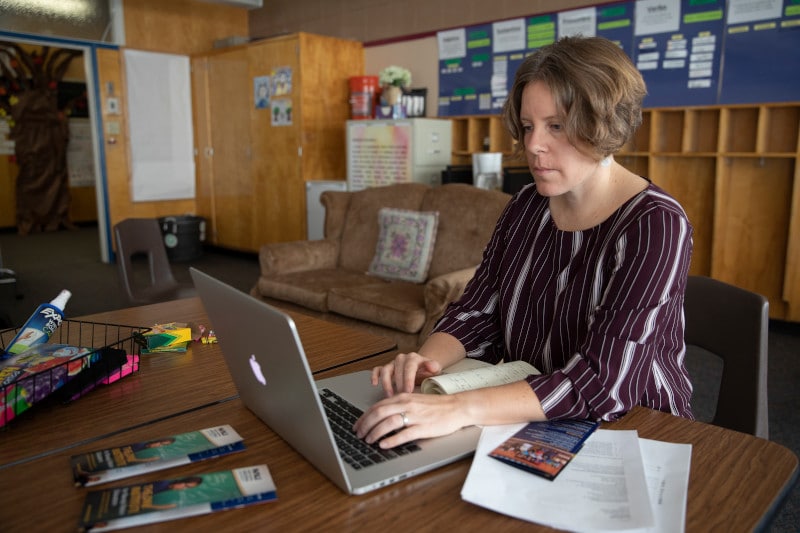The Diné Institute for Navajo Nation Educators (DINÉ) continues to grow throughout the pandemic, showing resilience in a time of crisis. The program is working with its third cohort of teachers from schools on and bordering the Navajo Nation, and the Institute for Native-serving Educators (INE) has been established to expand the program to other Native Nation communities.

DINÉ is a partnership between Northern Arizona University and Navajo schools that aims to strengthen teaching in K-12 schools serving Diné and other Indigenous students. Interested teachers serving Navajo students are engaged in long-term professional development seminars to increase content knowledge, curriculum development skills, capacity to deliver culturally responsive lessons and leadership ability.
The program stemmed from Yale University in 2011, when two Diné teachers were invited to attend the National Intensive Session offered through the Yale National Initiative (YNI). Since that invitation, two to six teachers from Navajo schools participate as Yale Teacher Fellows every year. The teachers then started seeking out local university partners to create a local Teachers Institute (TI) to continue the YNI model.
In 2018, the NAU Office of Native American Initiatives created DINÉ and now works with six public school districts on or bordering the Navajo Nation, the Department of Diné Education and NAU stakeholders to build an institute that serves schools throughout the Navajo Nation. Starting with just nine teachers, this year’s cohort, the program’s third, has 34 teachers.

“Teachers in our 2020 cohort started the program in late February, right before news of COVID hit,” said Angelina Castagno, director of DINÉ. “We have adjusted our program model this year to be able to continue virtually through the pandemic.”
Zoom facilitated usual seminar meetings that were shortened in length, but increased in frequency. Special efforts to increase connectivity between faculty and teachers were made via phone and text. Associate librarian Shepherd Tsosie typically hosts the in-person orientation to share available resources for teachers at Cline Library; that was moved to a virtual format, and Tsosie is available for one-on-one support meetings through Zoom.
“Although we were initially worried about how these shifts would impact the experience for the teachers and NAU faculty who lead the seminars, everyone has responded to the changes favorably,” Castagno said.
Teachers who live on the Nation either call into meetings on the phone or rely on hotspots recently installed throughout the Nation by the partnership between tribal leadership, NAU ITS and NAU’s Office of Native American Initiatives.
“Per capita, communities on the Navajo Nation have been hit harder by the pandemic than any state in the U.S.,” said Chad Hamill, vice president of Native American Initiatives at NAU. “The ingenuity and dedication shown by DINÉ teachers during this time is a testament to their fortitude and resilience, qualities cultivated through the generations by Navajo communities in times of conflict and stress. We are continually humbled by their ironclad commitment to the Institute.”
DINÉ is funded in part through a four-year grant from the National Science Foundation, which started in September. The grant supports four years of STEM professional development seminars with DINÉ teachers on or bordering the Navajo Nation, an additional Native Nation in years three and four and researching the impact of the program on teacher practice and culturally responsive curriculum development. In late June, the external advisory board made its first annual site visit virtually and spoke positively about the efforts being made in the program. One of the most recent efforts is the establishment of the Institute for Native-serving Educators.
INE was launched in March with the broad goal of supporting and strengthening teaching in schools across Indian Country. Castagno said the name is broad but specific enough to allow for various kinds of growth, new partnerships and related initiatives both now and in the future.
“We will continue to sustain and grow the DINÉ, but we’re also talking with other Indigenous communities about their needs and visions for high-quality professional development for their teachers,” Castagno said. “There is a wide body of published research on best practices for teacher professional development, but very little of it focuses on the unique contexts found in rural, Indigenous-serving schools. Given what we’re learning through the DINÉ, I think we are well positioned to partner with other communities across Indian Country to collaboratively meet their needs in this area.”



